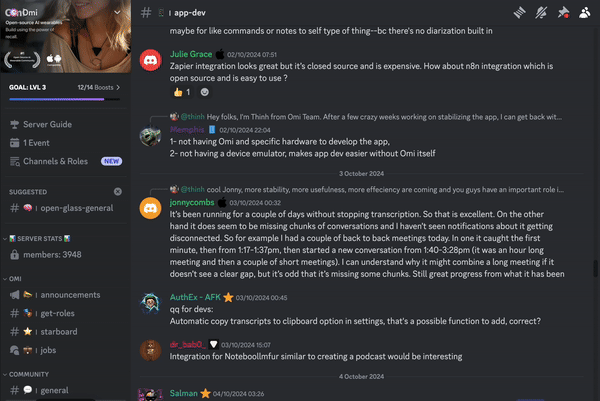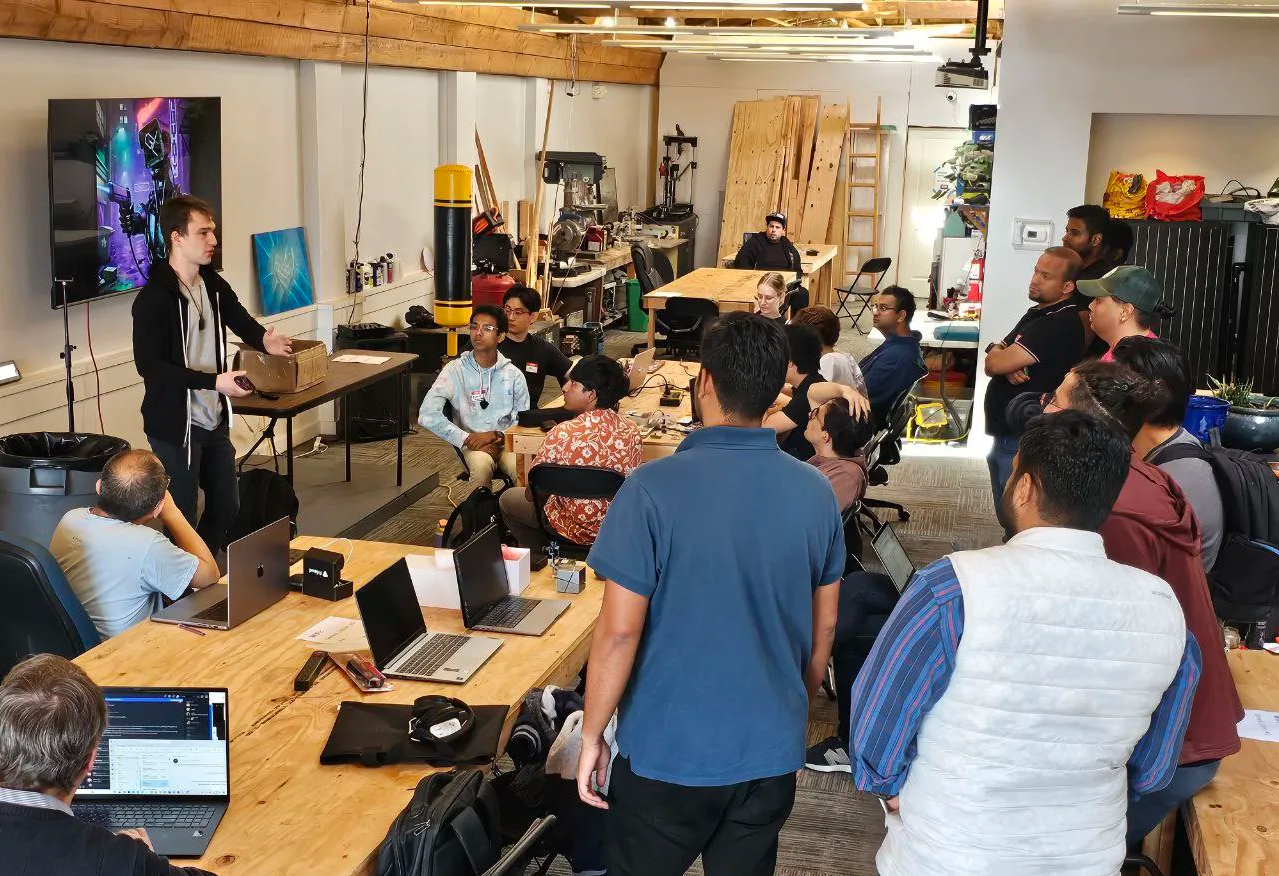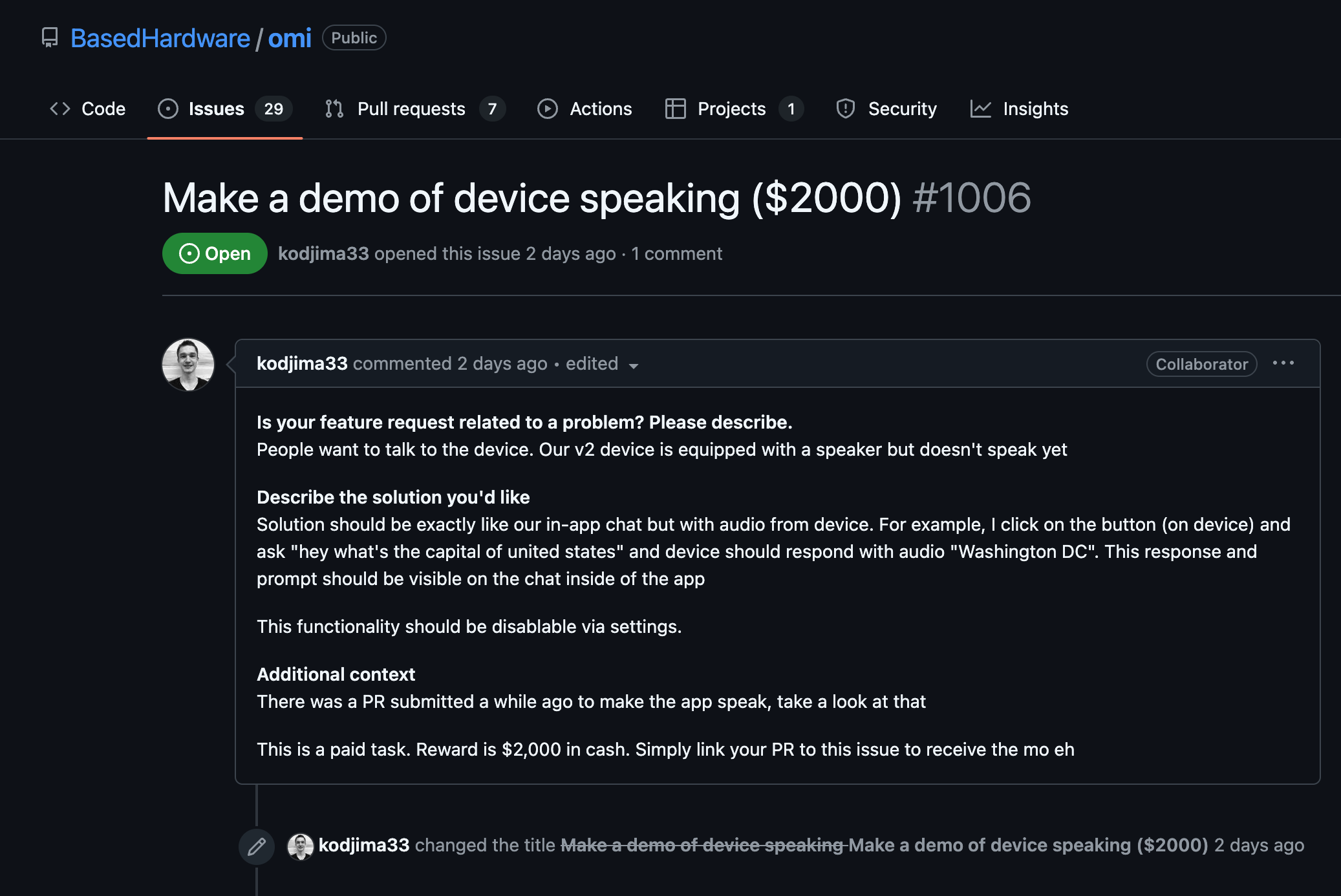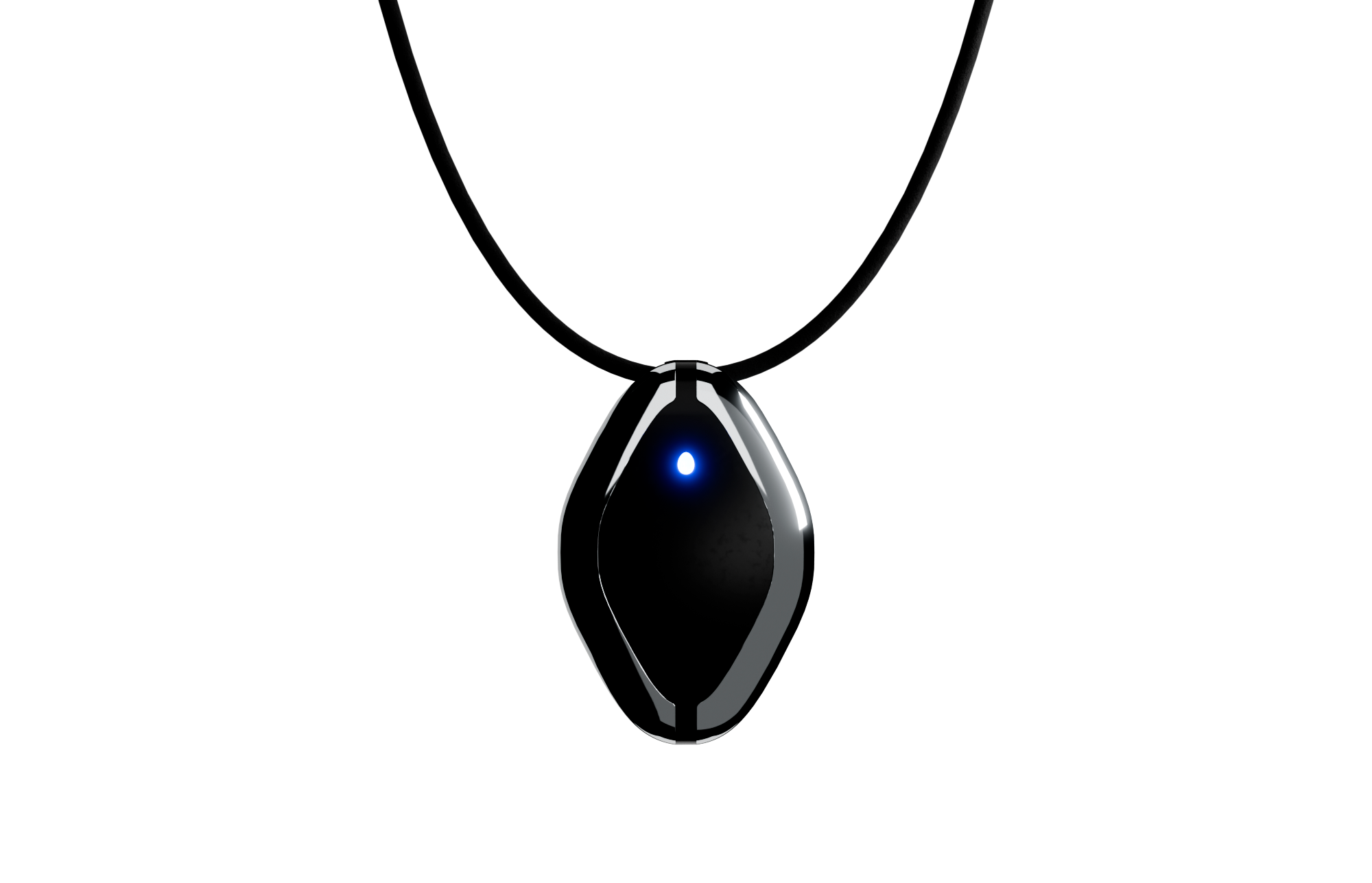Create a Flexible Layout
- Utilize Widgets like
Expanded or Flexible, which are designed to manage space within Column or Row widgets, thereby preventing overflow errors.
Row(
children: <Widget>[
Expanded(
child: Text('This text will occupy the available space.'),
),
],
)
Use SingleChildScrollView
- Wrap your widget with
SingleChildScrollView to enable scrolling when the content is too large, preventing overflow errors.
SingleChildScrollView(
child: Column(
children: <Widget>[
// Add your widgets here
],
),
)
Constrain Widget Dimensions
- Apply
Container or SizedBox to define explicit width or height, ensuring that widgets conform to designated space.
Container(
width: 300.0,
child: Column(
children: <Widget>[
// Your widgets
],
),
)
Check for Unbounded Constraints
- Ensure that your layout does not have unbounded constraints. Some widgets expect finite constraints. Use
Flexible or add constraints like BoxConstraints.
ConstrainedBox(
constraints: BoxConstraints(
maxHeight: 200.0,
),
child: ListView(
children: <Widget>[
// Your widgets
],
),
)
Avoid Negative Margins and Paddings
- Ensure no negative values are used in padding or margin properties that could create infinite size constraints.
Debug with Layout Inspector
- Utilize Flutter’s Layout Inspector to visualize and detect the areas of your layout causing overflow, thereby helping you make necessary adjustments.
Employ Expanded Widgets Sparingly
- Limit the use of
Expanded or Flexible widgets within the same Row or Column to prevent unexpected infinite constraints.
```dart
Column(
children: [
Expanded(
child: Container(
color: Colors.blue,
),
),
Expanded(
child: Container(
color: Colors.red,
),
),
],
)
```

























